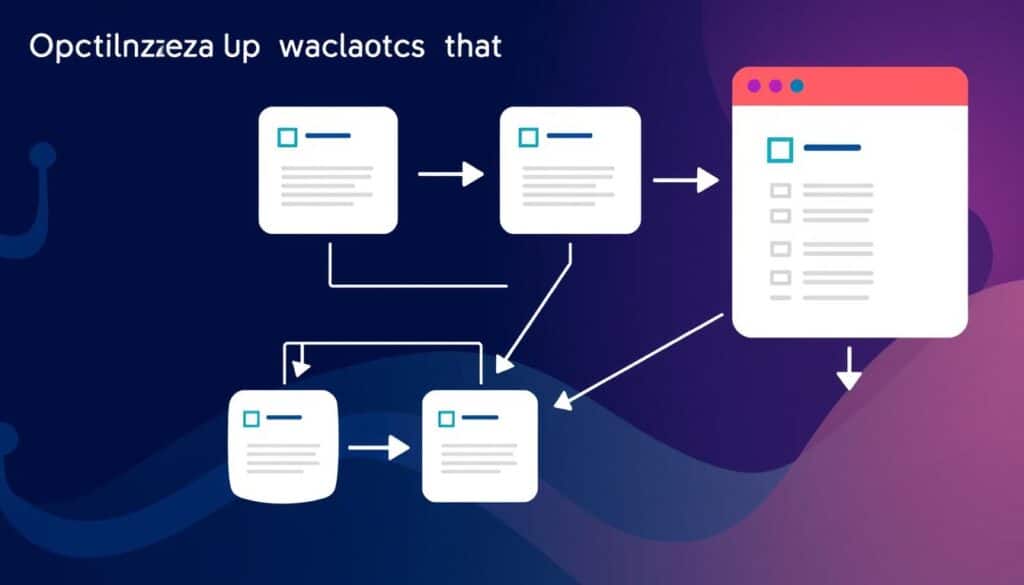Collecting Addresses Through a Address Collection Site
Collecting addresses can be a time-consuming, challenging task during the COVID outbreak. A centralized list will make gathering addresses for a wedding or other event much simpler.
Create a website using your own URL. Share this link with your family and friends to ask for their mailing addresses, birthday info and phone numbers. Your new website will keep all of this info for you, free of charge, limit or hassle.
Addresses to collect
The task of obtaining addresses for weddings is crucial. It can be accomplished in a number of ways, both digitally and in traditional ways. A website is the most efficient method to gather and compile addresses. These websites are designed to be simple to use and are able to be shared with your family and friends to allow them to add their personal information online. You can download your data at any time as an CSV or spreadsheet. These websites are generally free to use, and will never store or sell your address information.
Mailbook is among the most sought-after alternatives for invitations that are digital. The site assists couples to collect and organize the information they require to send invitations. Once you register for a free account through the site, you'll be provided with an individual link that you can share via email, text message or facebook. The link will prompt users to enter their address and then save it in your personal contact list. The service also comes with many other features that make it a great option for couples who want to simplify the wedding planning process.
Apps for tablets and smartphones are a second option to collect and organize addresses. These apps can be used to create personalized envelopes and labels that can be used to send invitations or thank you cards. The majority of these apps are free to download for free and offer many different features that can be helpful to any wedding planning.
There are several methods to collect addresses. Combining manual and digital methods is the most effective way to make sure that your guests receive an invitation. A centralized list of wedding addresses will not just make the process easier but also allow you to communicate with vendors and complete other tasks that you have on your list.
링크모음 comes with an address book application. This is often called "Contacts." These apps include additional tools to assist you in managing your personal information. Some apps offer the ability to backup and sync, which allow you to move contact and content information between devices. Some offer unique features, such as a social compass that alerts friends of their presence a caller identification feature that lets users exchange contact details with just a click.
CircleBack (Freeand iOS) works to weed out duplicate entries and improve the information about contacts by automatically combining new data from social media accounts. The app also detects any missing information, like job titles, and also alerts when an account has been updated on another device.
Stat Trak Address Book (Free/ Windows) is a user-friendly software application that allows you to store contact information and printing addresses books and labels. Its flexible features permit you to save additional information as notes and group information into categories. The software lets you remember contacts by first or last name and provides reminders for birthdays that are coming up. It also allows you to analyze data and generate detailed reports, which can save time by automating some tasks. The software has a variety of printing options for address labels and envelopes, including a template feature to create your own designs.
Manual Methods
Addresses are a vital element of information that is used for many purposes such as emergency response, administrative and mapping, GIS and routing and navigation. They are collected by a multitude of local jurisdictions, stored in a variety of records and databases and utilized for a variety of purposes. They are a challenge to integrate into central databases because of the different formats and types of data. Software programs can process this information and standardize it, eliminating duplicates and inaccurate data and ensuring the data is complete and accurate.
These programs are built on algorithms that utilize complex structures and databases like GeoPostcodes to evaluate the quality of addresses and provide a of the data's reliability and accuracy. The data is then integrated into the CSDGM in order to create a single file. The program is able to compare the database with authoritative databases to confirm its accuracy and its current state.
While these programs can provide valuable functionality but they are usually expensive to install and maintain. These programs are not easy to use or implement in large companies or by the general public. They may also be susceptible to errors or bugs, which could result in inaccurate or insufficient data.
There are a number of standards in place that support address-related metadata including the Content Standard for Digital Geospatial Metadata (CSDGM) and the OpenGIS Simple Features Specification For SQL Revision 1.1 and the Geographic Information Data Model (OGDM). The OGC has a variety of other standards that are more specifically focused on address data however they do not take into account high-quality information or reporting.
The OGC has three standards: ISO 19113, 19114, and SDTS. ISO 19113, 19114, and SDTS that are more focused on the particulars of describing and transferring data that includes an address component. These standards contain content tests for the various uses of this type of metadata, as well as ways to evaluate and report on the quality of the information.

A database is the most commonly used method to store and collect address information. It can be as simple an Excel spreadsheet or as complicated as tables and data structures. It's a flexible and widely used tool however it can be difficult to set up and manage, especially in large organizations that have many users.
